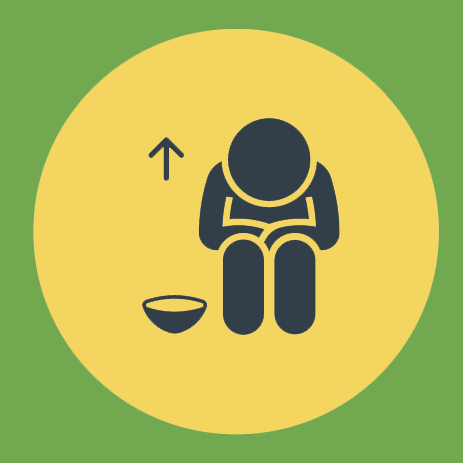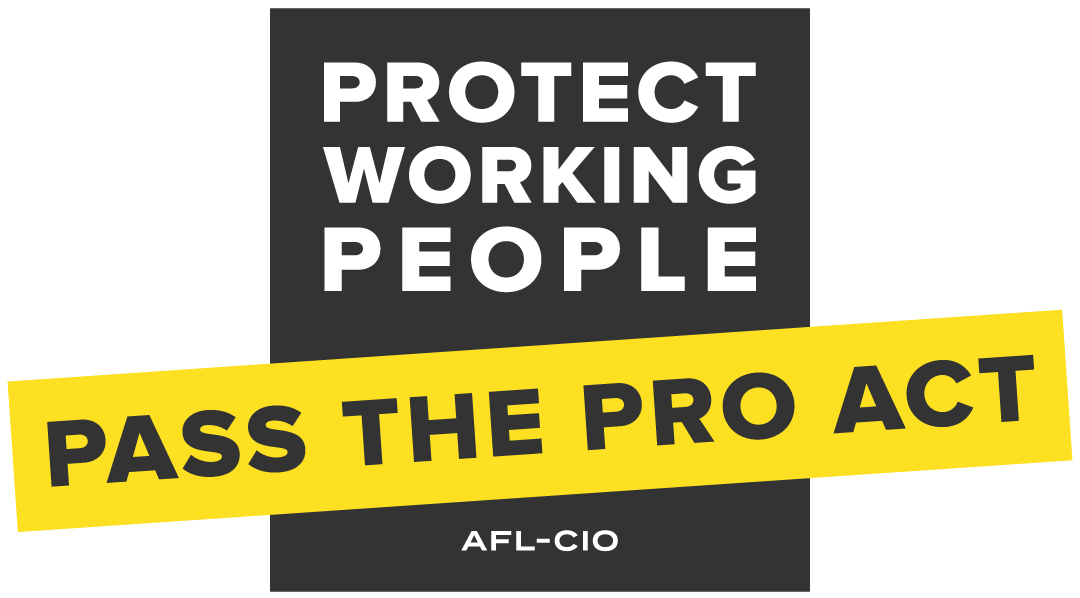The Union Difference
Working people who come together in a union can bargain for higher wages, and union members also are more likely to have employer-provided health insurance, access to paid sick days, and retirement benefits and guaranteed pensions through private employers.
We Need the PRO Act to Help Address Inequality
Growing today’s labor movement is the only policy that has the scale necessary to take us off our current trajectory of ever-growing inequality. Without it, achieving broadly shared prosperity that extends to most working people has virtually no chance.
Here are some ways unions make a difference in the lives of working people:
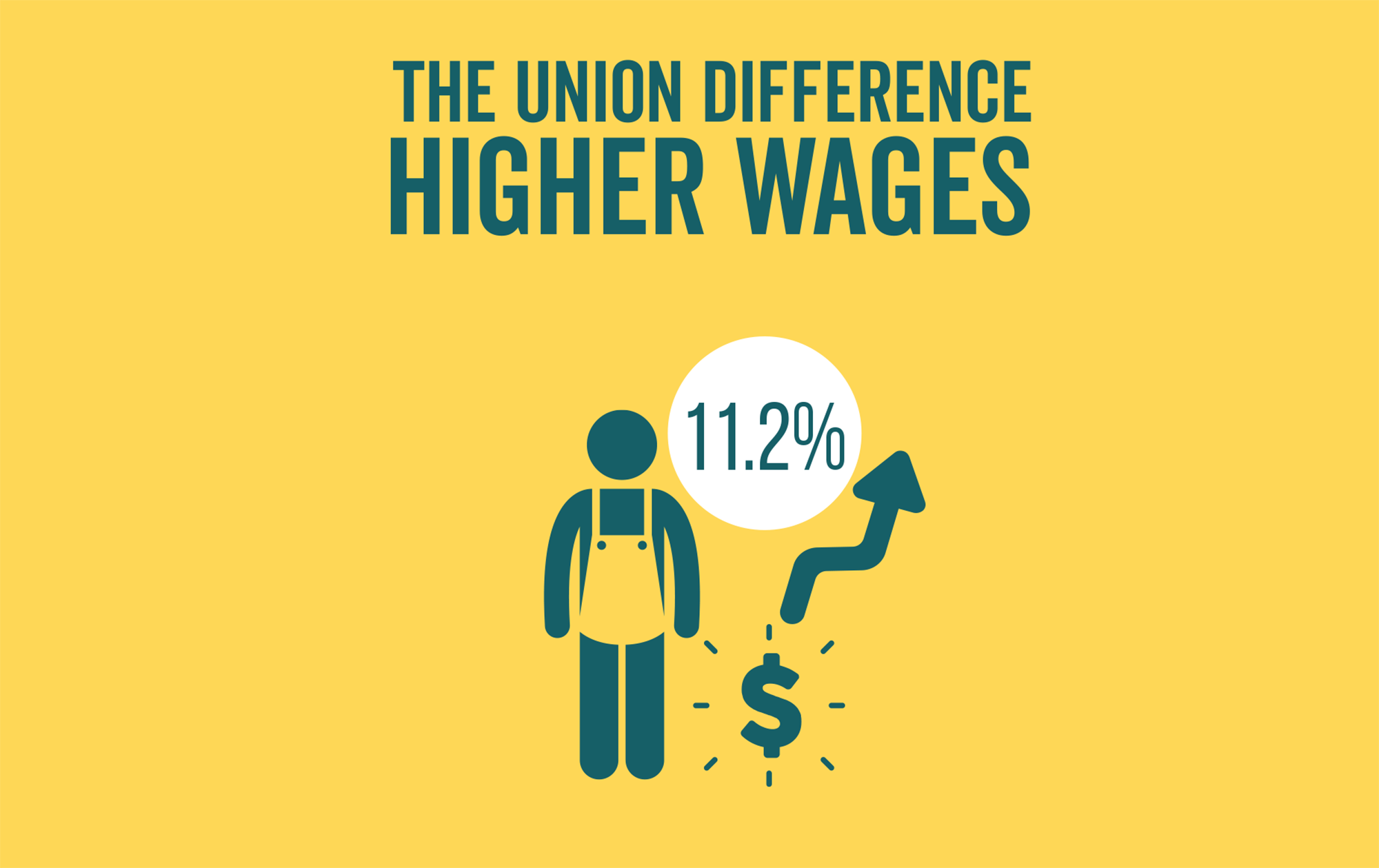
A worker covered by a union contract earns, on average, 11.2% more in wages than a peer with similar education, occupation and experience in a nonunionized workplace in the same sector.
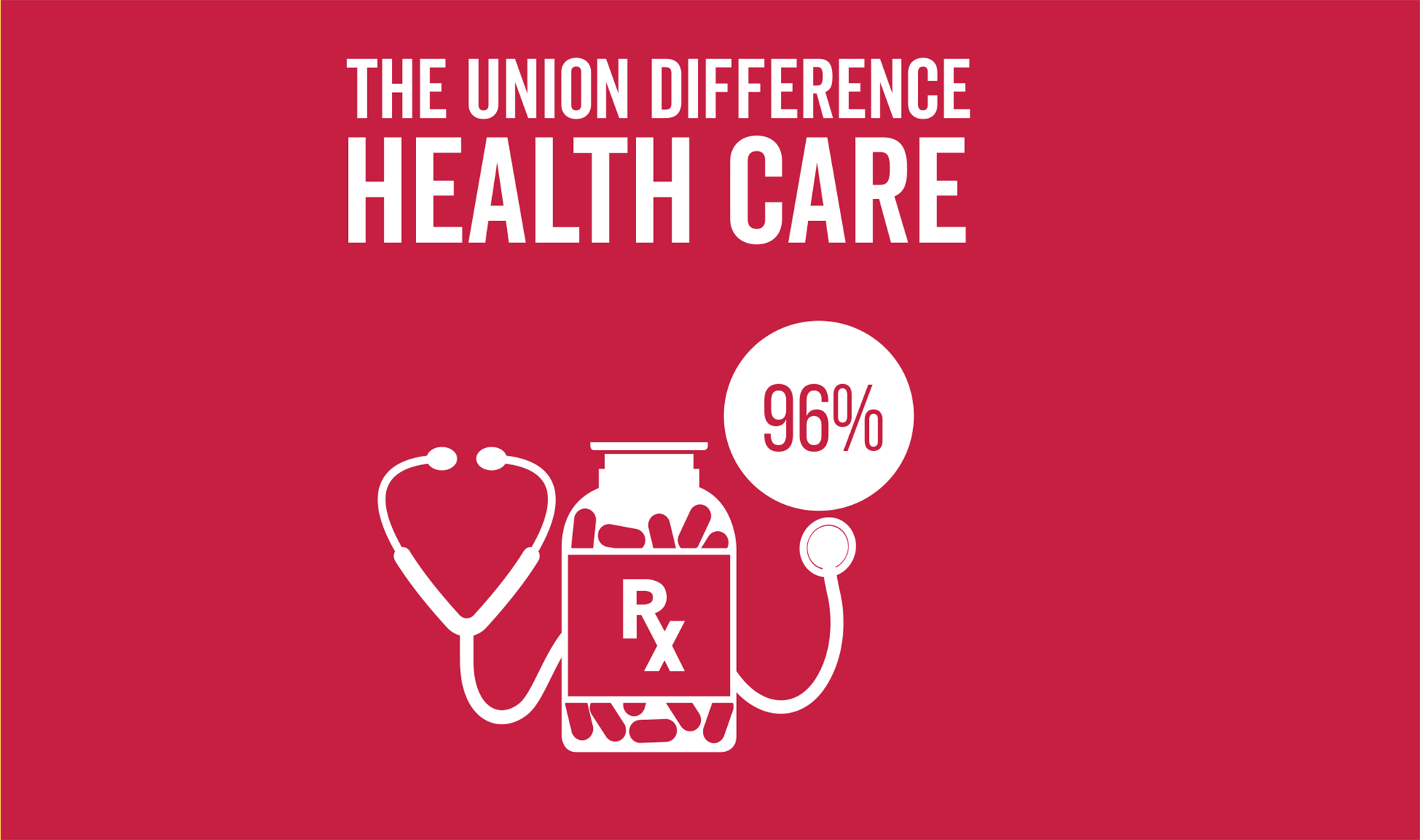
More than nine in 10—96%—workers covered by a union contract have access to employer-sponsored health benefits, compared with just 69% of nonunion workers.
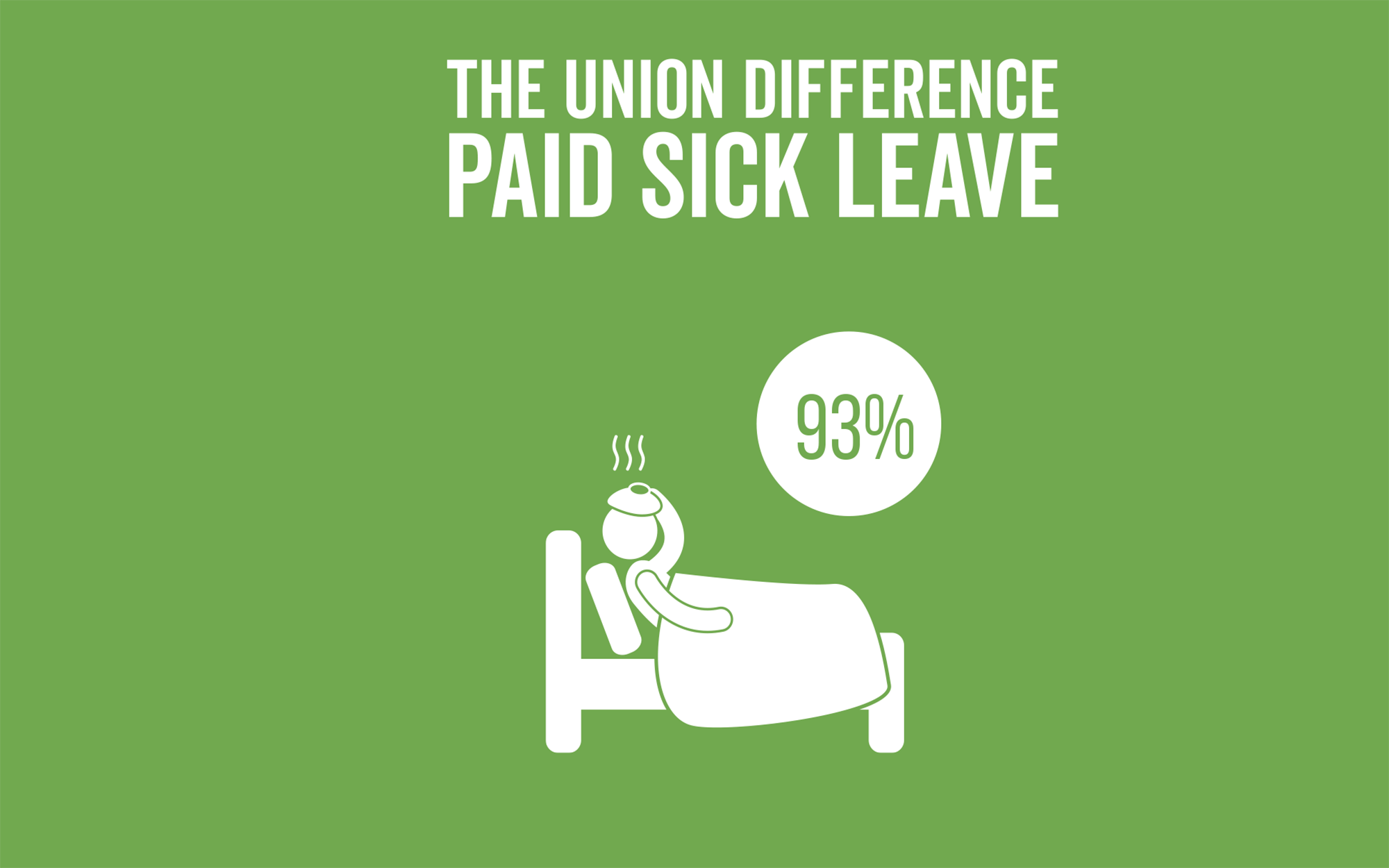
Nearly nine in 10—93%—workers covered by a union contract have access to paid sick days, compared with 75% of nonunion workers
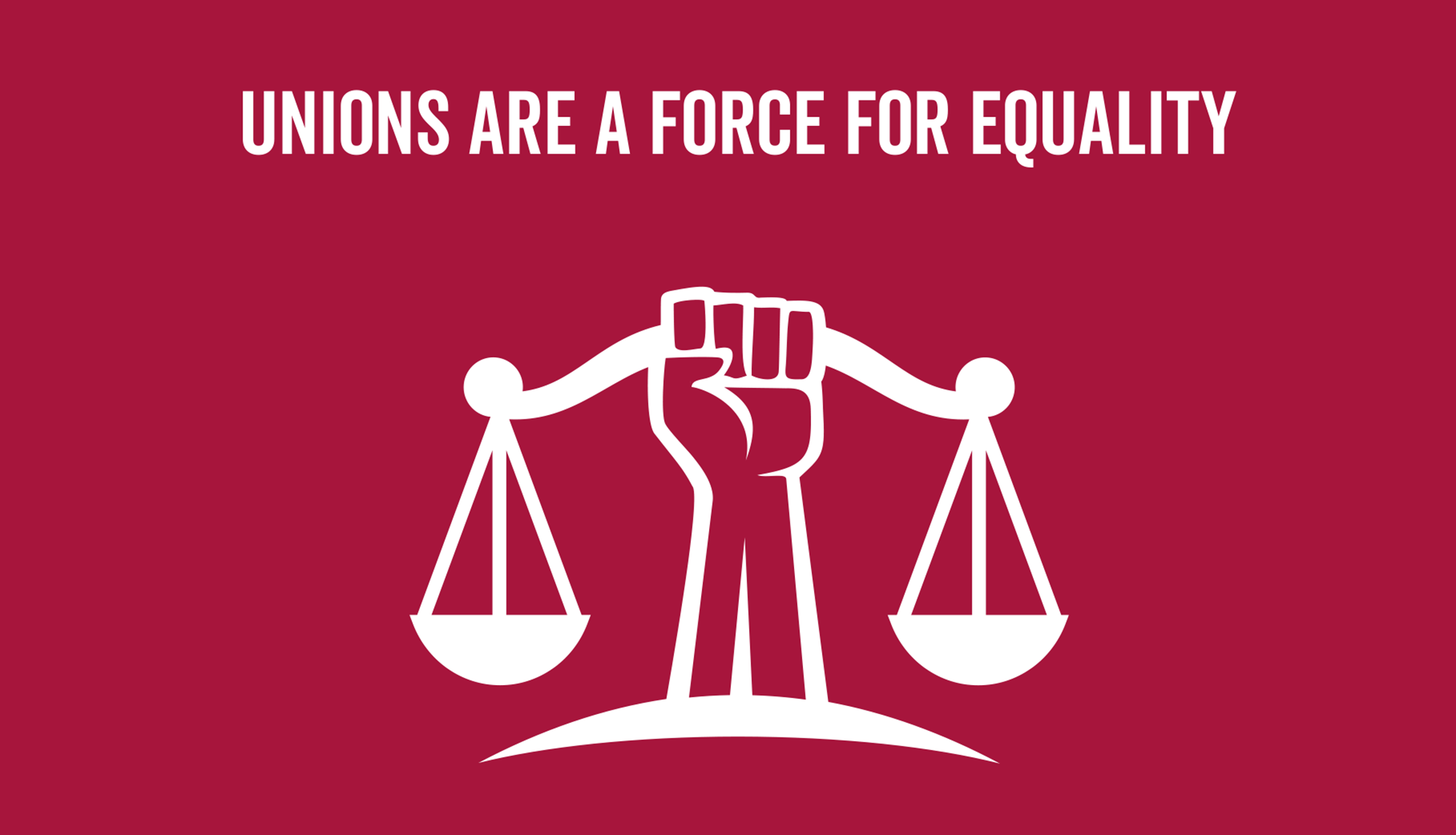
Unions give each of our members an equal opportunity to advance in the workplace. We believe every worker deserves a fair chance to succeed. And according to a recent study, union members are more accepting of people with different backgrounds than nonunion workers.
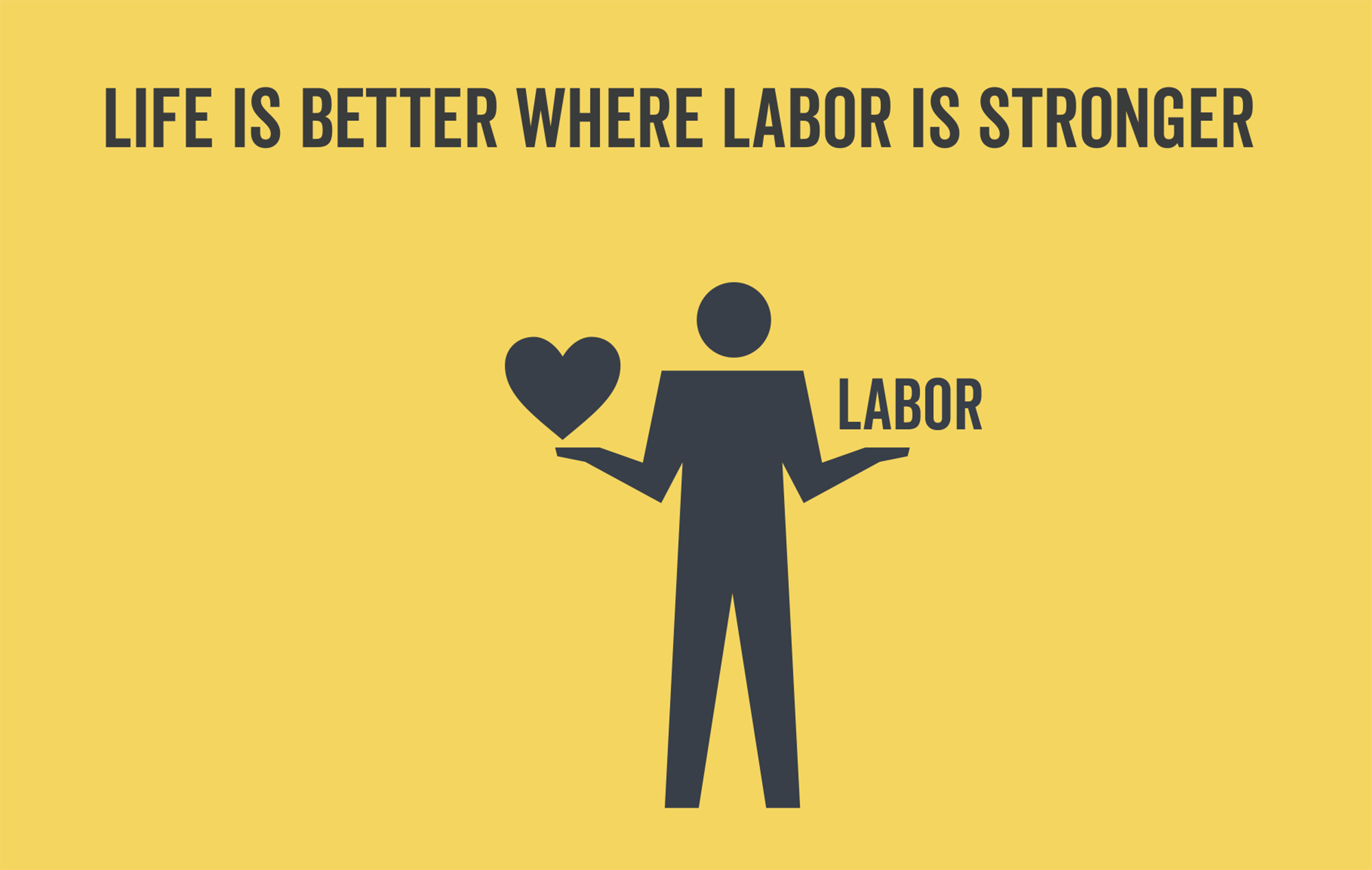
Not only do states with higher union membership invest more in education and health care, the outcomes are better where unions are stronger. Life expectancy is actually longer (80.2 years) in states with high union membership compared to states with low union membership (78.1 years).
Right to Work States vs. Free Bargaining States
“Right to work” is the name for a policy designed to take away rights from working people. These laws make it harder for working people to form unions and collectively bargain for better wages, benefits and working conditions. The PRO Act would override state right to work laws and allow unions and employers the freedom to negotiate fair share agreements,




